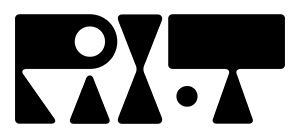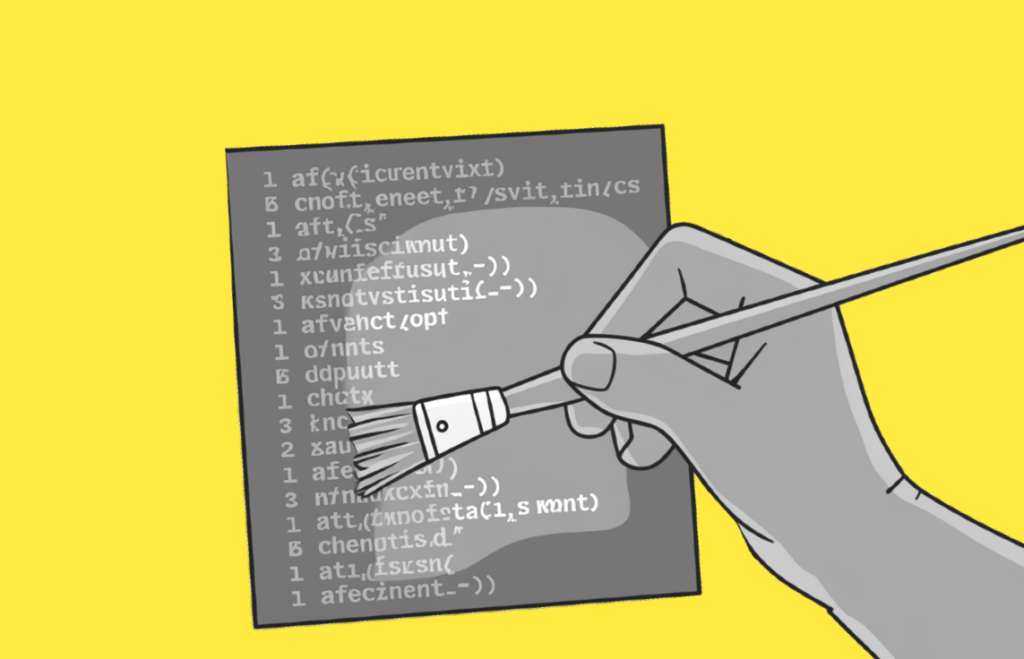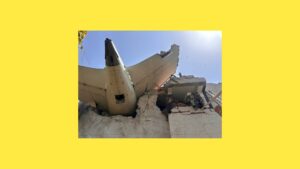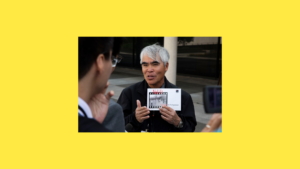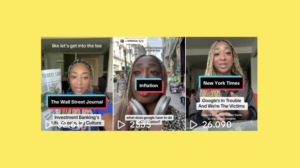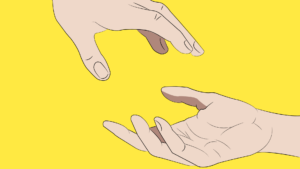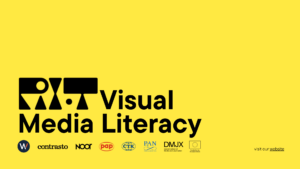The debate over whether artificial intelligence can create art worth copyrighting is not new, but it’s getting louder, and more urgent than ever. What was once a niche curiosity for tech nerds and legal theorists is now the stuff of Hollywood petitions, courtroom clashes and editorial fury.
The big question remains unresolved: can machines be creators, or at least co-creators? If so, to what extent, and who gets to own the results?
From the United States, there has been recent movement on these questions. In February, the U.S. Copyright Office did something unprecedented. It granted copyright protection to an AI-assisted artwork for the first time under its updated guidelines. The reason cited was the way the software was designed that produced the piece in question, titled A Single Piece of American Cheese. The work was created using Invoke, a platform designed not just to quickly generate images from text prompts, but to give artists high-level control over the process. Think of it as Photoshop with an algorithmic co-pilot.
Invoke founder Kent Keirsey explained the way it works: “You can generate images from nothing, just like any other image generator, but you have this kind of A.I.-first Photoshop-esque tool where you can go select regions and regenerate those with high degree of control.” In other words, it calls on humans to tasks akin to editing, composing, and, that is the legally binding part, making decisions: this is what led the Copyright Office to recognize this piece of work as something with a high degree of human authorship.
But just as Keirsey was feeling vindicated, another ruling came to remind everyone that this is still very much contested ground. Earlier this month, a U.S. federal appeals court upheld a decision to deny copyright protection to another AI artwork: A Recent Entrance to Paradise, generated by Stephen Thaler’s “Creativity Machine.” In this case, the AI acted on its own, with no direct human control over the final image: what Thaler was trying to do was register his “Creativity Machine” as the sole author of the painting, and granting himself property rights (and not authorship!) over the artwork.
And that was the problem: the court ruled that art created autonomously by artificial intelligence cannot be copyrighted. Basically, what the sentence states is that copyright is for humans. Sounds like this settles it, but it doesn’t: how human do you have to be, and how much human involvement is enough?
If you guide the AI, edit the output, tweak its choices, does that make the end result yours? And if so, how different is that from directing an actor or collaborating with another artist? There’s no universal answer yet: just a growing pile of lawsuits, petitions, and government memos.
Outside the courtroom, the creative industry is pushing back in other ways. Over 420 Hollywood figures (Natasha Lyonne, Cate Blanchett, Mark Ruffalo, and many others) have signed an open letter calling on the U.S. government to keep copyright protections intact. The letter slams tech giants like OpenAI and Google for lobbying to loosen the rules, essentially asking for a free buffet of human creativity to feed their algorithms.
The entertainment industry isn’t just philosophically opposed to this, it’s economically threatened. The letter points out that more than 2.3 million people work in U.S. entertainment, generating over $229 billion in wages annually. Why should companies worth billions be allowed to train their models on the work of artists, actors, and writers, without permission or payment?
Similar concerns are echoing across the Atlantic. In the UK, everyone from Elton John and Paul McCartney to Kazuo Ishiguro and Julianne Moore have signed a petition demanding tighter control over how creative work is used to train AI. An editorial in The Guardian accused big tech companies of trying to override traditional copyright laws, and warned that proposed changes to UK policy could flip centuries of protection on their head. British composer Ed Newton-Rex, who helped organize the petition, put it bluntly: treating art as mere data dehumanizes it.
And while that may sound dramatic, it’s hard to argue with the basic principle: if someone’s likeness, voice, or creative labor is being used, especially to train a machine that could one day replace them, they deserve a say. Preferably before their digital double lands a role they never auditioned for.
This article was written by a human.
